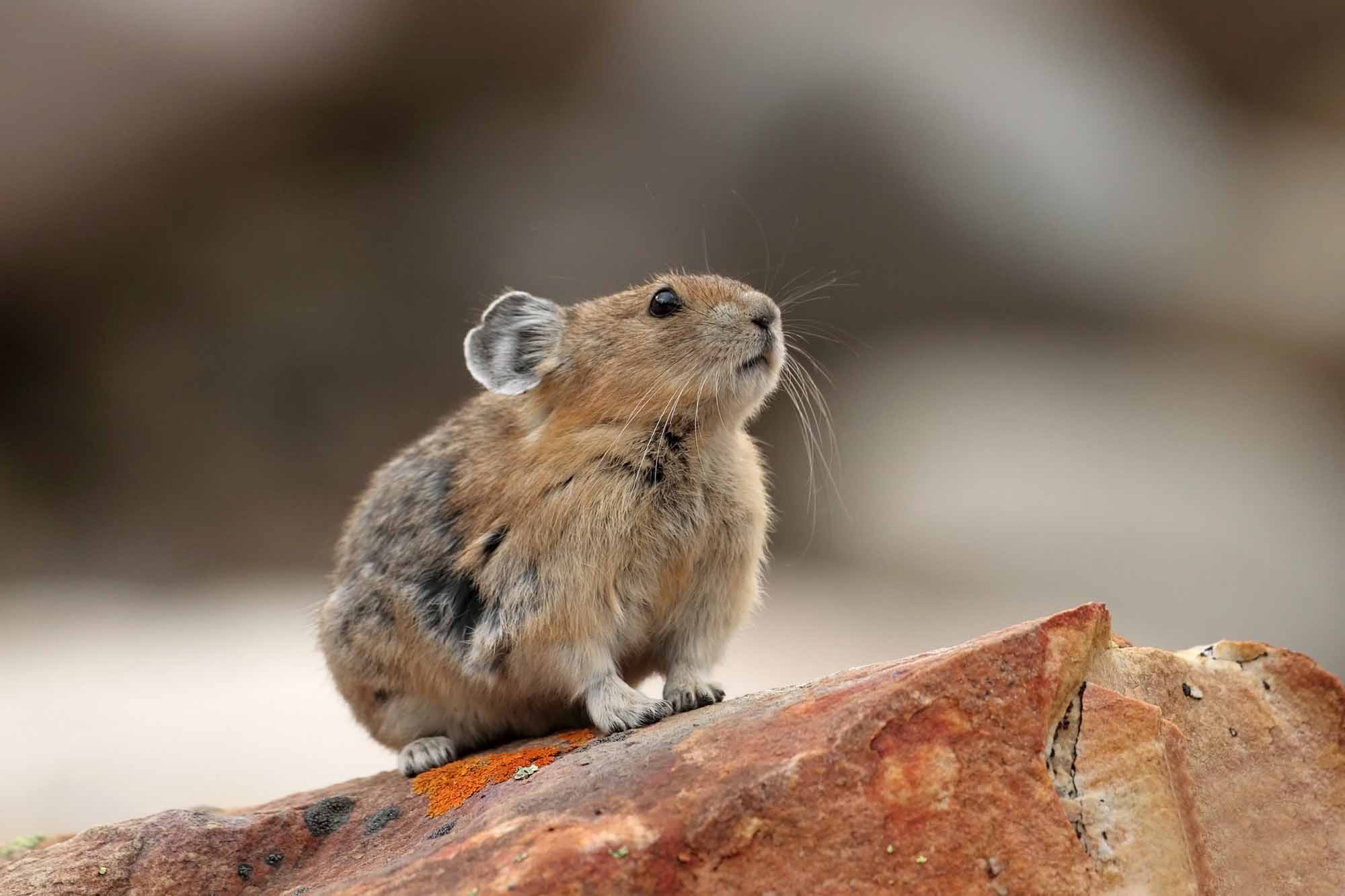
If you’ve ever seen a fuzzy little animal darting between rocks in the mountains and thought, “Is that a baby bunny or a hamster?” — you may have just spotted a pika! These tiny mammals are full of personality and surprisingly tough for their size. Let’s answer some common questions about these adorable alpine dwellers.
What is a pika, exactly?
A pika is a small, herbivorous mammal related to rabbits and hares (they’re all in the order Lagomorpha). Unlike their cousins, pikas don’t hop—they scamper around rocks using their short limbs and rounded bodies.
What do pikas look like?
Pikas are about the size of a baked potato—typically 6 to 8 inches long. They have short limbs, large rounded ears, no visible tail, and are covered in thick fur to keep them warm in their chilly alpine environments.
Where do pikas live?
Pikas prefer cold, rocky environments and are commonly found in mountainous regions of North America and Asia. In the U.S., the American pika lives in high elevations of the Rockies, Sierra Nevada, and Cascades.
How do they survive the cold?
Despite their small size, pikas are extremely well-adapted to cold climates. Their dense fur provides insulation, and they survive harsh winters by gathering and drying plants during summer to create “haypiles” for winter food storage.
Do pikas make sounds?
Yes! Pikas are known for their loud, sharp calls, which sound like squeaks or chirps. These vocalizations are used to defend their territory, warn of predators, and communicate with neighbors.
What do pikas eat?
Pikas are herbivores and love a variety of grasses, flowers, mosses, and herbs. They’re quite selective when building their haypiles—some researchers say they even seem to “cure” their plants like hay to prevent mold.
Are pikas endangered?
The American pika is not currently endangered, but scientists are concerned about its vulnerability to climate change. Since pikas are highly sensitive to heat and live in cool, high-altitude habitats, rising temperatures could threaten their survival by reducing suitable living areas.
Why should I care about pikas?
Besides being irresistibly cute, pikas are considered indicator species—their health reflects the state of their ecosystem. Studying pikas helps scientists understand how climate change is affecting mountain environments.
Fun Fact!
Pikas don’t hibernate! Instead, they stay active all winter, relying on their well-stocked haypiles to get through the snowy months.
Whether you’re a wildlife enthusiast or just love a good animal fact, the pika is a great reminder that big personalities often come in small, furry packages!
Want to see one? Head out on a summer hike in the mountains and listen carefully for their chirps—you might just spot a pika peeking out from the rocks!
More photos below ↓











Disclaimer: This blog post is for edutainment purposes only and may not be entirely accurate.






